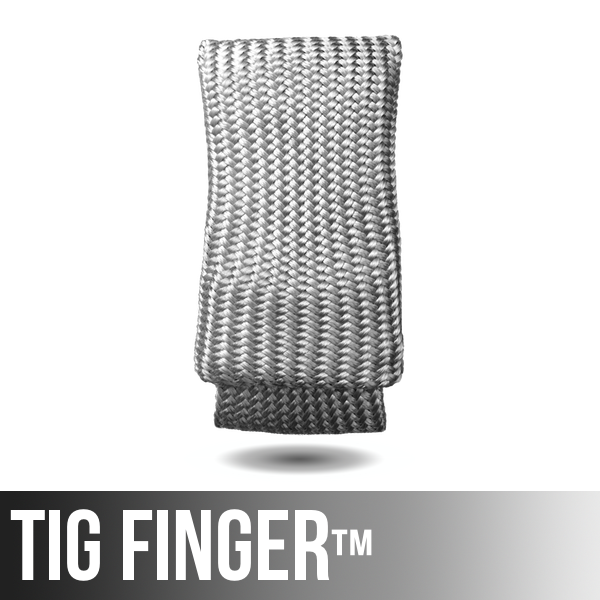BAsics of Dual Shield Flux Core Welding.
In this video, I discuss the importance of using the right drive rollers, the right size contact tip and stickout, the right polarity for E71t-1 wire, Resources for the right settings, and more…
the technique for flat and horizontal tee joints is pretty simple….just drag it in there.
But for vertical uphill welding with dual shield flux core, a slight manipulation of the arc using a series of triangles worked best for me.







June 10, 2020 at 11:38 PM
Thank you so much for such an informative piece of information 🙂
If anyone interested similar one’s have a look here
Besttoolsbrand
Thanks
March 11, 2016 at 2:29 PM
Jody,
Being a novice welder I don’t understand when/where I would use flux core with gas. I always thought flux core is used outdoors when you are welding in breezy situations?
March 11, 2016 at 9:23 AM
I definitely would like to hear about porosity, I have the lincoln 210 mp and ran .045 7t1-11 and had a lot of problems dialing in a good bead. I didn’t run shielding gas , and I thought I had about 1/2″ stick out. I followed he settings in the machine for volts, and wire speed. I just bought this new welder, and I have normally would have used 6010/7018 1/8″ for this home made press made from spare “C” channel.
March 13, 2016 at 1:41 PM
Porosity comes from having the nozzle too close to your work as well as to far away. Also getting your nozzle angle out of control will have adverse effects on your welds. Pushing it will definitely cause porosity. Hope this helps. I love dual shield for 1/4″ and greater thickness material, and I really love it for 3/4-1″ thickness. Goal is for it to weld almost silent no bacon frying.
March 15, 2016 at 9:34 AM
Thanks for the tips, I have run alot more of the flux core wire practicing. I made the mistake of making a project with a new process. I’ve been welding mig tig and stick for many years, but have never used flux core. The main reasons I’d like to use it is for portability(no gas), penetration, and less than clean metal. Upcoming project is to rebuild my 20 year old log splitter. I have twisted the “I”beam pretty bad. I’m thinking flux core would be good for welding the larger parts together i.e. wedge, and cylinder mount. Until buying the Lincoln MP 210 I welded mostly stick and tig, so I’m just getting aquainted with all the new burnables(wire).
March 10, 2016 at 1:24 PM
I’ve been welding for 40 years and have never ran an inch of flux core. I always thought it was the only process that you could get from one of the cheep wire feed welders and didn’t require a bottle gas. SO, thanks for the information. I didn’t even realize or put to thought the idea of running flux core in my machine with CO2.
March 9, 2016 at 2:54 PM
Great Job! Could we talk about all the bad things that can happen like porosity and how to fix? I think it would be a great follow up video.
March 9, 2016 at 9:17 AM
As always good job
March 9, 2016 at 12:16 AM
Great video Jody. Yrs ago I ran literally hundreds of hours of flux care and it is an outstanding weld process for production and nuanced further by positioners in order to create a flat weld.